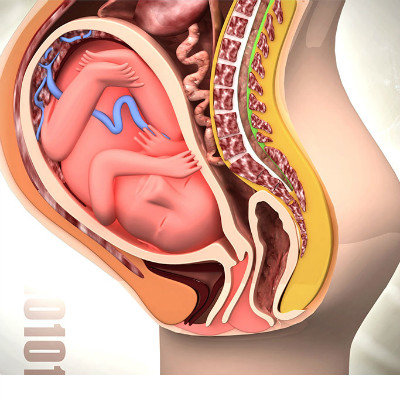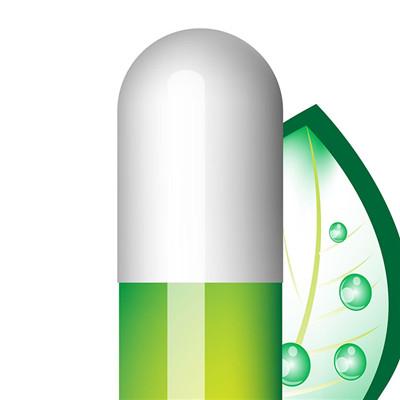What are the types of birthmarks
summary
Birthmark is a popular name, which is called congenital skin pigmentation in medicine. It is the abnormal hyperplasia of skin tissue during development, which is manifested by the abnormal shape and color of the skin surface. There are many kinds of birthmarks, which can be divided into pigmented and vascular according to the causes. The common birthmarks are nevus of Ota, port wine stains, coffee spots and congenital pigmented nevus, which we are familiar with. Now let's know what several unusual birthmarks look like.
What are the types of birthmarks
First, the natural disappearance of Mongolian spots. Most of them are caused by congenital dermal melanocytosis. They exist at birth and can occur in any part of the body, especially in lumbosacral and buttocks. It is gray green, blue or blue black, mostly round, oval or irregular in shape, with indistinct edges and diameters ranging from a few millimeters to more than ten centimeters. With the growth of the baby, the color of Mongolian spots will gradually fade or disappear, and there is no harm to the body. Usually, special treatment is not required.
Second, cavernous hemangioma. It is a kind of congenital benign tumor. It is often seen in infants at birth or shortly after birth. It has different sizes and irregular shapes. When touched, it is a soft sponge like subcutaneous mass that compresses the relevant tissues. The skin on the surface of the tumor can be bright red, dark red or cyan red. It mainly occurs in the head, face, neck and mouth. Other diseases can also occur in the limbs and trunk. In the case of no rupture, some cavernous hemangioma can subside without scar.
Third, capillary hemangioma. It is a hemispheric tumor with flat protuberance. Its color is bright red or slightly dark red. It is soft and lobulated. It does not fade when pressed. It often occurs in the head and neck. It grows rapidly in infancy, gradually slows down with age, or stops growing completely. Within a few years, it can completely or incompletely subside. Capillary hemangioma also includes strawberry hemangioma, neonatal nevus, spider nevus, etc., with different sizes and clear edges.
matters needing attention
The treatment site should be kept clean to avoid infection and friction; the scab on the treatment site should fall off by itself and should not be removed by hand, otherwise the pigmentation is serious and easy to leave scars; after the scab falls off, there may be temporary pigmentation in the local area. In order to prevent or reduce this situation, sunscreen and freckle removing products can be reasonably applied.















